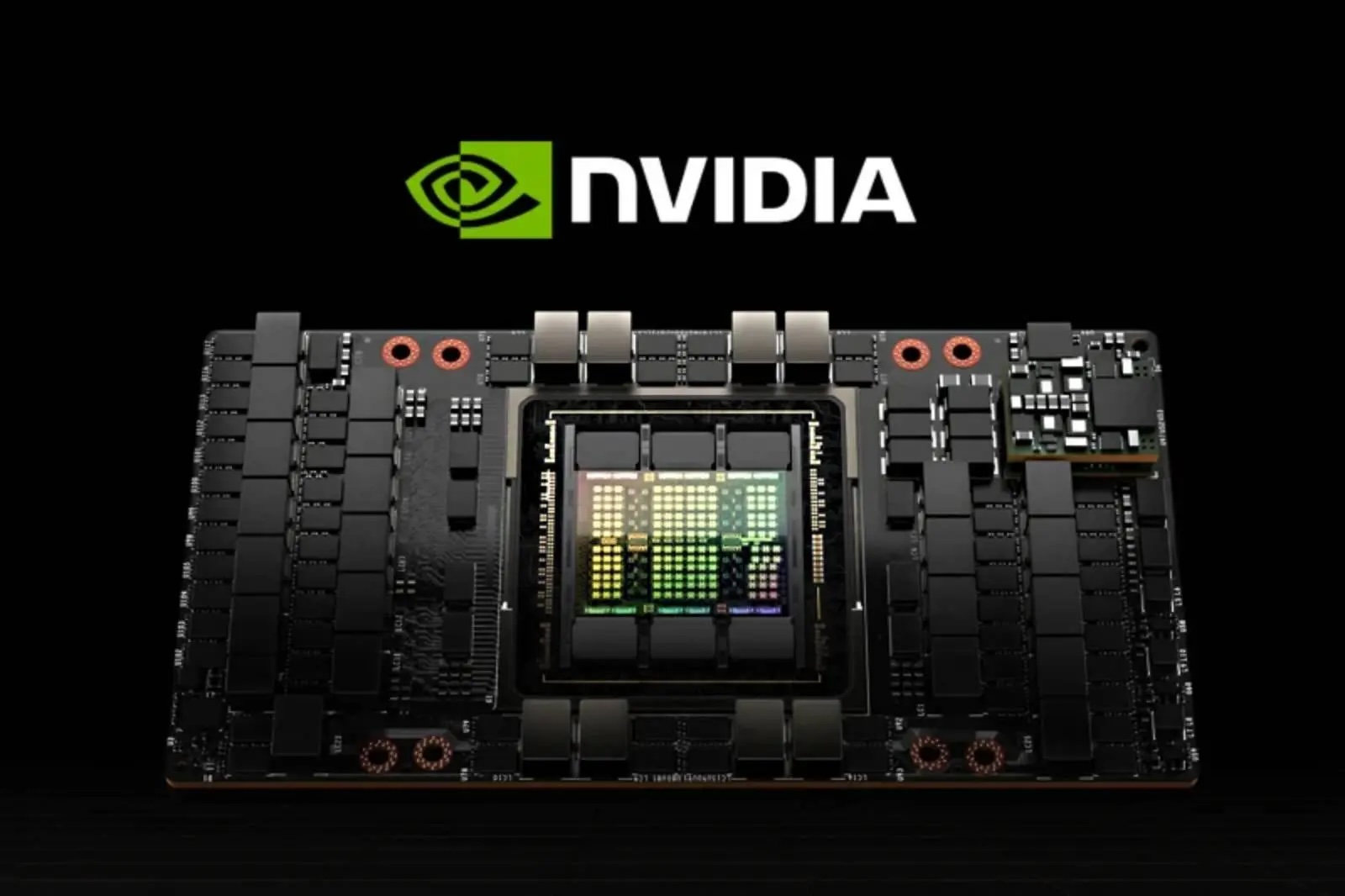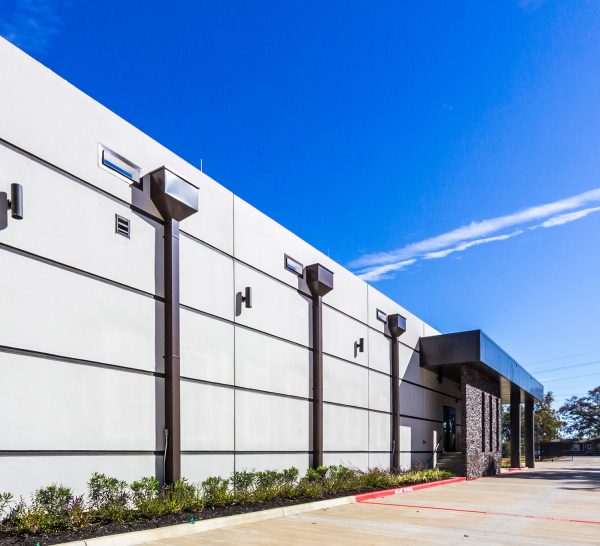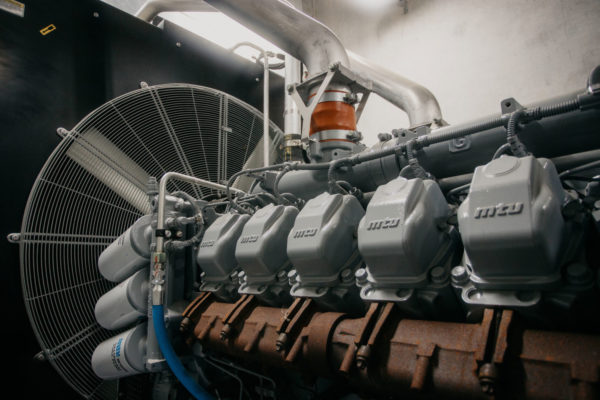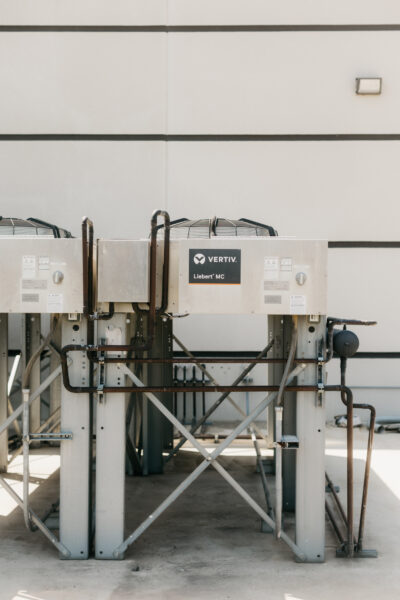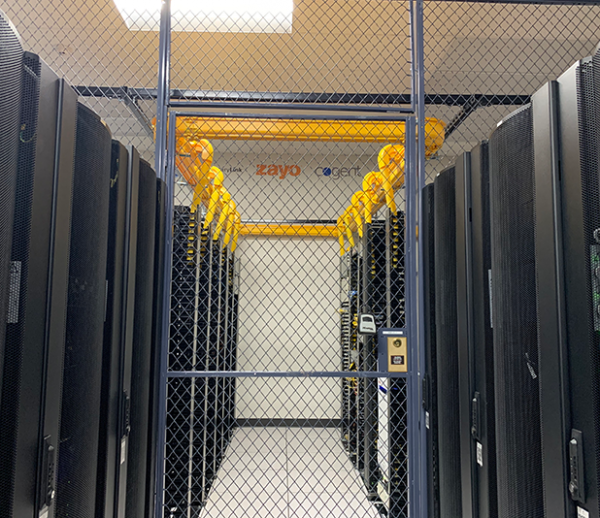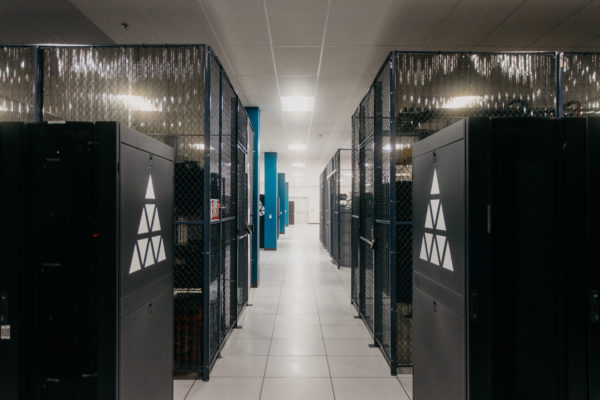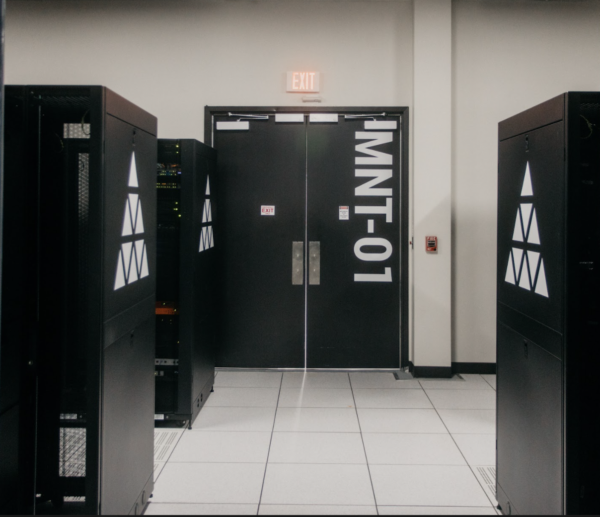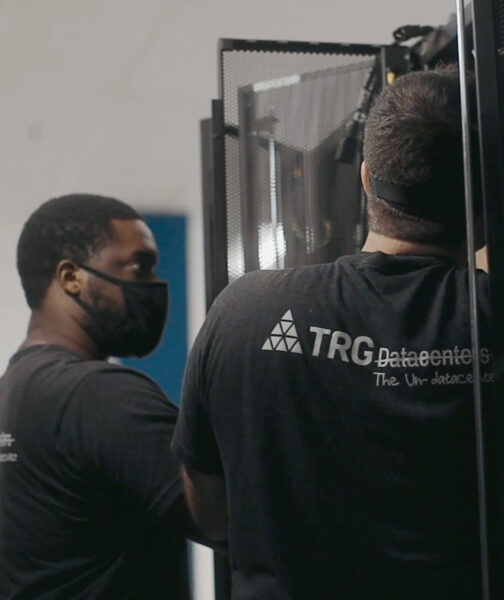As the leading GPU company, NVIDIA never fails to create amazing GPUs that stun the world. In over a decade of creation, the company’s inventions have no match. With the demand for HPC evolving, NVIDIA keeps coming up with answers.
Let’s just take a look at the diverse architectures like Ampere and Lovelace. Everything NVIDIA creates is truly breathtaking.
Running these beasts requires dedicated servers and regulated temperatures, fortunately, TRG Datacenters have the solution for that. Using GPU colocation, you can use even the most powerful NVIDIA data center GPUs using our servers.
This means if you are a data scientist, researcher, or an individual who wants to train large-language models or a corporation trying to power your workplace with the robust strength of data center GPUs, you can rely on us.
This article will explore NVIDIA data center GPUs, their use cases, and everything you need to know about them. Comprehending this complex model might be difficult for now, but after this article deeply explores the dynamics of how data centers work, you will get a crystal clear representation of how you can use the most powerful machines today.
Without further ado, let’s take the plunge into the depths of GPUs.
NVIDIA Data Center GPU: What Makes Them Different From Regular GPUs
You might wonder what sets a data center GPU apart from a regular GPU. Well, there are several differences, and they are pretty prominent. One of the major differences is the power. This section will help explore all the differences.
As the name suggests, the role and purpose of data center GPUs lie in their design for large-scale enterprise-level workloads. This allows businesses to handle massive computational demands efficiently.
Unlike regular GPUs, whose primary tasks are running better games, powering better graphics, and performing other casual computational tasks, these are specifically designed for data centers and high-computational tasks.
Let’s break down the difference further.
Architecture
NVIDIA data center GPUs are built with modern architectures such as Hopper, Lovelace, or Blackwell. The latest architectures have better parallel processing qualities, allowing one to parse petabytes of data instantly.
Moreover, newer architectures enable multi-instance GPU (MIG.) It allows a single GPU to be split into multiple independent instances, enabling GPUs to work even more efficiently.
Additionally, they are equipped with tensor cores instead of CUDA cores. Tensor cores accelerate matrix multiplication operations, which is crucial for deep learning, inference, etc.
Memory Capacity and Bandwidth
As discussed, older GPUs were not optimized for AI tasks because they were not being used for them. Thus, older GPUs offered memory capacities only sufficient for gaming or other light computational tasks, usually ranging from 24 GB/s to 100 GB/s depending on the specific model and memory type used (like GDDR3 or GDDR5).
Lower memory bandwidth equals lower data transfer capabilities per clock cycle, which is why they were unable to handle laborious tasks.
Conversely, NVIDIA data center GPUs feature high memory bandwidth (HBM) and large VRAM. NVIDIA’s new GPUs, specifically the B100 created on Blackwell architecture, have a memory bandwidth of 8 terabytes per second (TB/s.) Hence, the processor is able to execute even the most difficult tasks.
Durable on Heavy Load
Datacenter GPUs are built to operate continuously under heavy loads in demanding environments. Where regular GPUs compromise quality, NVIDIA data center GPUs use thermal management, an advanced cooling system that enables the GPU to optimize its power depending on the complexity of the task.
Obviously, that means regular GPUs can be more energy efficient for basic tasks, but these robust GPUs outperform in energy consumption and performance in the long run. Additionally, these are designed to sustain 24/7 operations under intense workloads.
NVIDIA Data Center GPUs: Use Cases
As discussed earlier, regular GPUs were designed for tasks like gaming, 3D modeling, and video editing, but data center GPUs excel in applications like:
Training ML/AI Models
Training a deep learning model requires vast data processing in parallel. More data equals better assimilation of the information, which can result in better and more accurate processing of the information. And this vast data can only be processed with robust power.
Data center GPUs, with their high memory bandwidth and cutting-edge power configuration for AI computing, make an ideal choice for neural tasks like language processing and autonomous driving.
Scientific Computing
Previously, we learned that these models excel at performing complex calculations and predictions. That’s exactly what is needed to perform weather predictions and genomic analysis—a study that examines the structure, function, changes in sequence, and location of genes, which requires Next-generation sequencing (NGS.) NGS generates vast amounts of data, which requires high-performance hardware to process, analyze, and interpret this data, and NVIDIA data center GPUs are well-suited for such tasks.
Autonomous Vehicles
Datacenter GPUs also play a critical role in developing and deploying autonomous vehicles (AVs). These vehicles require powerful processing to make quick decisions in emergencies like abrupt turns, emergency brakes, etc., and these powerful GPUs are a perfect fit for them.
Cloud Gaming and Virtualization
The rapidly growing cloud gaming industry relies heavily on powerful GPUs to run modern games like Red Dead Redemption 2 or Destiny 2 Shadowkeep, which can take up to 150 to 160 GB on your drives. Not to mention their unreal requirements to run higher graphics with better FPS.
AI Colocation
Businesses leveraging AI in their workplaces use AI colocation to rent space from data centers like our Houston data center to host their infrastructure, allowing them to use the best GPU for AI without having to install the expensive infrastructure with robust cooling features.
AI colocation enables businesses to cut costs while leveraging the power of the best GPUs.
Five Best NVIDIA Data Center GPUs
Before diving into the list, you must understand that the best data center GPU for you is the one that fits your business needs. If you plan on performing a task that you can perform just fine on a CPU, going with a CPU would be the best choice. You can check out our comprehensive GPU vs CPU guide for detailed instructions.
If you are sure of your wants and needs and are certain that you need an NVIDIA data center GPU, we assure you that the following information will be super helpful for you.
Here are five of the best data center GPUs:
- NVIDIA A100
- NVIDIA A30
- NVIDIA L40
- NVIDIA L4
- NVIDIA A16
NVIDIA A100
NVIDIA A100 Tensor Core GPU delivers unprecedented acceleration to power data centers and for high-performance computing. The Ampere architecture powers it, and it provides 20X higher performance than its predecessors. Moreover, the GPU can be partitioned into seven GPU instances to adjust according to the demands of the user.
Specifications
Memory: 40 GB or 80 GB HBM2 or HBM2e GPU memory
Memory bandwidth: 1,555 GB/s for the 40 GB version and 2,039 GB/s for the 80 GB version
Tensor cores: 6912 CUDA cores, with 432 Tensor Cores
Memory interface: 5120-bit
Thermal design power: 400 W
NVIDIA A30
This powerful GPU is powered by Ampere architecture and is equipped with a multi-instance GPU (MIG), which allows for fantastic speed and high precision in workloads. Its fast memory bandwidth with low-power consumption properties is optimal for mainstream servers. The GPU is the ideal choice for data centers and enterprises.
Specifications
Memory: 24GB HBM2
Memory bandwidth: 933 GB/s
Tensor cores: 3,804 FP32 CUDA Cores and 224 third-generation Tensor Cores
Memory interface: 192-bit
Thermal Design Power: 165W
NVIDIA L40
The NVIDIA L40, powered by the Ada Lovelace architecture, is designed for demanding enterprise and data center operations and optimized for AI workloads. With its power-efficient hardware and features like a secure boot with an internal root of trust, it is an optimal choice for data center workloads.
Specifications
Memory: 48 GB GDDR6 with ECC
Memory bandwidth: 864GB/s
Cores: 18,176 CUDA Cores and 568 4th-generation Tensor Cores
Memory Interface: 384-bit
Thermal Design Power: 300W
NVIDIA L4
NVIDIA L4 is a cost-effective and energy-efficient solution for data centers powered by the Ada Lovelace architecture. It offers fantastic qualities and powers compute-intensive generative AI inference by delivering up to 2.5X higher performance compared to its predecessors.
Specifications
Memory: 24GB GDDR6
Memory bandwidth: 300GB/s
Cores: 7424 CUDA Cores and 232 Tensor Cores
Memory Interface: 192-bit
Thermal Design Power: 72W
NVIDIA A16
This super-fast data center GPU is powered by NVIDIA Ampere architecture and is a multi-instance GPU (MIG) with four distinct GPU instances within a single physical card.
It provides double the user density compared to the previous generation models while ensuring the best possible user experience. It is designed for high-density, graphics-rich virtual desktop infrastructure (VDI).
Specifications
Memory: 4x 16GB GDDR6 with error-correcting code (ECC)
Memory bandwidth: 4x 200 GB/s
Cores: 5120 | 4x 1280 CUDA cores and 160 | 4x 140 Tensor cores
Memory Interface: 128-bit
Thermal Design Power: 250W
Key Takeaways
There is a significant difference between the standard and the data center GPUs. The latter ones are more durable in demanding workloads and are optimized for enterprise or datacenter workloads.
These robust GPUs are used for various tasks, such as training deep learning models, performing scientific calculations, cloud gaming and virtualization, and AI colocation.
We also discussed that choosing the best GPU is more about learning your needs and less about specifications. Our top picks for the best GPU NVIDIA data centers GPUs are A100, A30, L40, L4, and A16. All these models are optimized and can handle data center workloads.
Lastly, TRG Datacenters offer optimal conditions for running NVIDIA data center GPUs, providing ideal infrastructure with adequate cooling for machines to work efficiently.
Leverage NVIDIA GPU Performance for AI Workloads With TRG Data Centers
TRG Datacenters complement NVIDIA data center GPUs exceptionally well by providing an ideal infrastructure for AI, machine learning, and high-performance computing (HPC) workloads.
We emphasize enabling businesses to leverage cutting-edge GPUs like the NVIDIA A100 and H100 for demanding workloads. We believe that businesses should not have to compromise when implementing AI in their workplaces.
From small setups to large-scale setups, our prices fit businesses of all sizes. To help you save more, our energy-efficient solutions can help you reduce operational costs while maximizing GPU performance.
We’re here to keep the lights on and the gears turning—always. 100% uptime isn’t just a promise; it’s the way we roll, because we get it—your business can’t afford to stop. Start with what you need, grow when you’re ready, and we’ll keep up every step of the way. Contact us today to learn more!
Frequently Asked Questions
How many NVIDIA GPUs are in a data center?
The number of NVIDIA GPUs in a data center can widely vary depending on the size, purpose, capacity, and architecture of the data center. For a rough estimate, the small-sized data centers can contain a dozen to a few hundred GPUs.
On the other hand, large-scale data centers operated by the tech giants, such as Amazon, Google, and Microsoft) can have tens of thousands of powerful GPUs.
What is the most powerful NVIDIA server GPU?
The most powerful NVIDIA server GPU currently available is the NVIDIA H200 Tensor Core GPU. It offers optimal performance and efficiency for AI and HPC workloads. The GPU boasts a memory of 141 GB, a bandwidth of 4.8 TB/s, and a total graphics power of 700W. Moreover, the GPU delivers a performance of 32 petaFLOPS FP8, which basically means it can execute 32 quadrillion floating-point operations per second. This immense computational power obviously demands higher energy. Thus, the GPU consumes a maximum of 10.2 kW.
What is the role and purpose of data center GPUs?
Data center GPUs handle heavy-duty tasks like AI training, HPC, and large-scale analytics, offering scalability, high memory bandwidth, and efficiency. With TRG Data Centers, you can leverage their power without the infrastructure challenges.
Looking for GPU colocation?
Deploy reliable, high-density racks quickly & remotely in our data center
Lease the most reliable GPUs
Our partners have B200s and L40s in stock, ready for you to lease today
